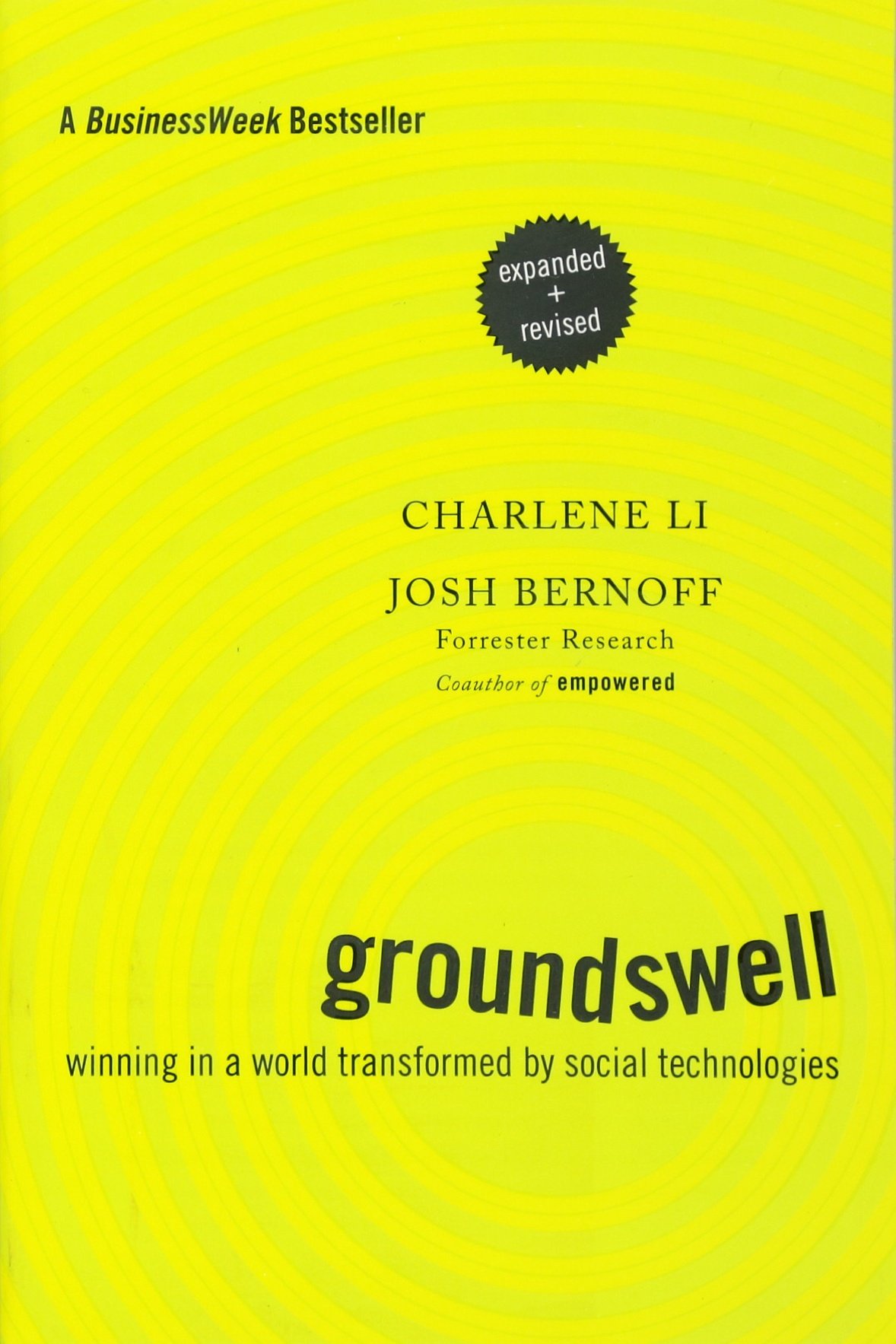Collaborating on a book is a terrible idea. But if you must, be asymmetrical.

Writing a book is hard enough. Adding another person makes it twice as hard. Collaboration only makes sense if it’s asymmetrical — if you have complementary skills and different jobs.
I’ve written three books with coauthors, edited a few more, and am currently ghostwriting parts of books with other authors. Coauthoring sounds like it’s going to make things easier. It isn’t. Writing a book with someone else is a pain in the ass. It’s not the people; my coauthors have been some of the smartest, most talented people I’ve ever worked with. It’s the process
Why your image of collaboration is a hallucination
The typical reasoning goes like this: “Well, I don’t have the time or skill to write a whole book myself, so I’ll get together with this other person who will do half the work, and we can share the credit.”
If your idea is that each of you has to do half of the work — write half the chapters, for example — then you’re dreaming.
The reason is that you’ve overestimated the amount of work involved in the writing, and underestimated how hard the communication will be.
The book has to hang together. That means, in a roughly equal collaboration, you have to:
- Figure out together what kind of book you’re writing, and what the main idea is.
- Get complete agreement on a plan, which is going to be hard, since you are two different people who work differently.
- Develop a plan that you will stick to, so you can divide up the work, and worse yet, a schedule that both of you will follow.
- Figure out how you will review each other’s work to make sure it is consistent.
- Determine how you will resolve differences in style, emphasis, or most importantly, your ideas about the truth.
- Do (or manage) your own research.
- Write your chapters.
- Edit the other person’s chapters.
Add that up and you’re planning a whole book, researching half a book, writing half a book, and editing half a book. Between the two of you, that’s well over a whole book’s worth of work. And that doesn’t include the things that can go wrong — and believe me, these things will go wrong:
- What if, partway through, you change your mind about the main idea?
- What if you have a difference of opinion on tone, emphasis, format, or level of rigor?
- What if you figure out that you have to shift around the table of contents?
- What if you figure out that the other person is lazy, a terrible writer, a sloppy researcher, profane, can’t meet a schedule, or generally impossible to get along with? (Or what if you are like this?)
- What happens if you eventually realize you can’t work together? Who gets custody of the ideas?
All of these problems are solvable. All of the collaborators and coauthors I worked with were able to work things out — but it was a major effort to do so.
If there are more than two coauthors, things will definitely go wrong. You have all the problems of two authors, the combinatorial review explosion of three people checking everything, and on top of that, politics. The likelihood of a bad outcome is even worse. Two is hard enough.
The only thing you can count on is that this is significantly more work. When I finally authored a book on my own, I was amazed at how easy it was. When I needed to make a decision about changing something, I just did it. I didn’t check with anyone. Problems came up; I solved them. I felt like I had wings.
Collaborating is possible. Here are some best practices and some tools that can help. Just don’t imagine that it’s easier.
How to get help without a coauthor
I know. You’re afraid. You think maybe you don’t have the skills, or the time, or the determination, or the stamina to get through this.
Those are real problems. But getting a coauthor to do half the work isn’t the only way out. You can get people to help while still being the only author. You can find:
- An ideas person to help you nail down the content and the plan.
- An assistant to line up interviews and perform administrative tasks.
- A researcher to track down details for you.
- A coach to keep you focused.
- An editor to review what you’re written and help with consistency, language, and meaning.
- A graphic designer to make graphics.
- A copy editor and fact checker to make sure the details are perfect.
- A therapist to help you deal with your fears.
If you hire all those folks, you’re going to spend all your time managing them and you’ll lose the productivity you need to write. But if you need help with ideas, with writing, with motivation, with consistency, then these people can help you. Find one or two that can fill in for the skills where you need an expert.
The difference between this and a coauthor is, they work for you. You don’t control your coauthor, but you can control these folks. They provide help, and you’re free to ignore it if it gets in the way.
You don’t have to work alone to be a sole author.
Asymmetrical collaboration
 Are you still desperate for a coauthor? You can make it work, but don’t look for somebody else like you. Look for somebody different.
Are you still desperate for a coauthor? You can make it work, but don’t look for somebody else like you. Look for somebody different.
In the coauthor relationships that I’ve seen work best, the coauthors do not do the same thing. They do not have the same skills.
The most amazing collaboration I ever participated in was with Charlene Li, on Groundswell. We collaborated on the concept. But when it came to the writing, there was a clear division of labor. She was the leader on ideas — most of the best ideas in that book came from her, because she was the social media expert. I was the main writer, because not only was I good at writing, I had the time. She wrote some chapters, and I offered plenty of ideas, but our contributions were not equal. It was an asymmetrical collaboration.
I’ve worked on other books where one person was the main writer while the other author supplied ideas and reviewed content. It’s a model that can work well.
Sometimes one author has a big name and following but not the time to do much of the hard work of creation and writing. So long as the big name has enough time to make sure the result is what they expected, that can work. That is what ghostwriting is like — ask anyone whose name appears on the cover as “with Hardworking Writer.”
In another model, one author pulls the research together and roughs up a draft, and the other takes the rough content and makes the words sing.
All of these are asymmetrical collaborations. The contributions are not equal, but they are both important. And — take note — they all have one person doing most of the writing. That’s efficient and promotes consistency.
This should teach you something. If you desperately need a coauthor, find someone who is good at what you are not. If you are good at ideas, find a writer. If you are good at words but crap on ideas, find a visionary. If you are fast but sloppy, find somebody who is meticulous.
It’s still harder with two authors. But it’s at least tolerable if the authors have complementary skills. Two-of-a-kind only sounds great until you try it and find out how much overhead and conflict resolution it requires. So find somebody you respect who can do what you can’t.
Or better yet, do it yourself with a good editor.